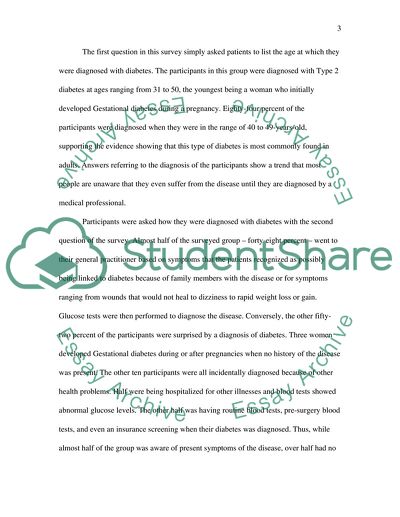Cite this document
(Impact of Diabetes among the Lebanese Community in Sydney Research Paper, n.d.)
Impact of Diabetes among the Lebanese Community in Sydney Research Paper. Retrieved from https://studentshare.org/social-science/1744213-analysis-on-the-questionnaires
Impact of Diabetes among the Lebanese Community in Sydney Research Paper. Retrieved from https://studentshare.org/social-science/1744213-analysis-on-the-questionnaires
(Impact of Diabetes Among the Lebanese Community in Sydney Research Paper)
Impact of Diabetes Among the Lebanese Community in Sydney Research Paper. https://studentshare.org/social-science/1744213-analysis-on-the-questionnaires.
Impact of Diabetes Among the Lebanese Community in Sydney Research Paper. https://studentshare.org/social-science/1744213-analysis-on-the-questionnaires.
“Impact of Diabetes Among the Lebanese Community in Sydney Research Paper”, n.d. https://studentshare.org/social-science/1744213-analysis-on-the-questionnaires.


